Read next
The latest news, updates and expert views for ambitious, high-achieving and purpose-driven homeowners and property entrepreneurs.

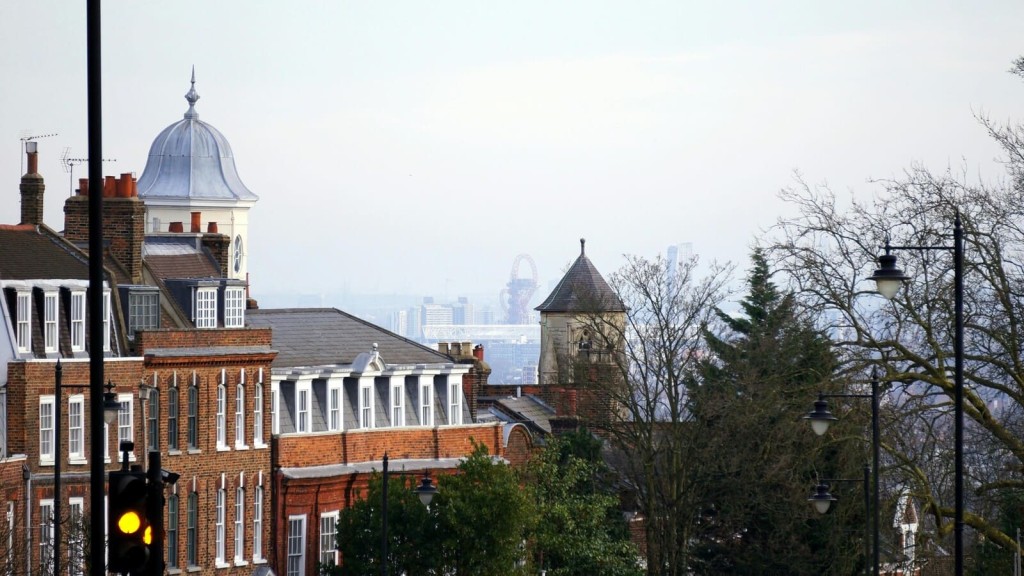
Between a climate emergency and a housing crisis, in 2025, we certainly have our hands full.
Though sometimes we might feel helpless, there are ways the design and construction industry can better address each of these weighty issues.
One approach developers might consider taking is retrofitting for sustainability: the process of blending old with new to enhance existing buildings, making them more sustainable and energy efficient.
But is retrofitting buildings better than demolishing and building new?
In this article, we explore this question and more, offering developers like yourself a well-rounded look at the many benefits retrofitting brings, its limitations, and how it stacks up against demolition and starting afresh.
Let’s dive in.

Retrofitting is the process of applying new features and technologies to existing buildings. You might consider commercial building retrofitting, or even retrofitting a more historic building. For developers, the goal of retrofitting is generally to create energy-efficient building transformations and make these buildings more sustainable over the long term, as we will discuss shortly.
Picture this: A Victorian warehouse transformed into sleek modern flats, its historic brick façade now complemented by gleaming glass extensions. Or a Georgian townhouse retrofitted with cutting-edge sustainable technology, maintaining its period charm while slashing its carbon footprint.
This isn't architectural fantasy - it's called retrofitting and it's happening right across Britain, revolutionising the way we think about our built environment.
It's not just about slapping an architect-designed modern extension onto a period property, though sometimes that's part of it. We're talking about something far more nuanced: the thoughtful integration of contemporary design with historical architecture.
Why is this method on the increase for developers? Let’s take a look.
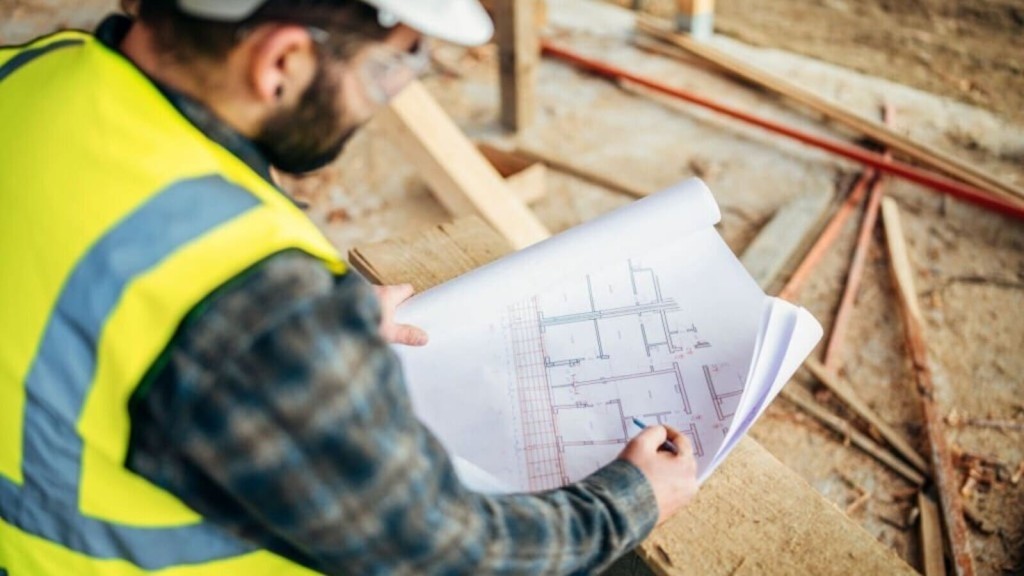
Here's a striking statistic: retrofitting typically costs 40-60% less than demolition and rebuild.
But that's just the beginning of the story.
When you retrofit an existing building, you're not just saving money - you're saving history, reducing carbon emissions, and often creating more interesting spaces than you could achieve with a blank slate.
Retrofitting preserves the stories our buildings tell - the ornate Victorian cornices, the solid Georgian proportions, the characterful industrial features - while ensuring they're fit for 21st-century life.
Let’s look at retrofitting vs rebuilding.
Retrofitting means saving around 60% of costs compared to new builds and also reduces construction waste while speeding up project completion times. For developers, this can make the process a more appealing option than rebuilding.
Another important point to add is that retrofitting usually enables a more straightforward negotiation with local authority planning officers. Excluding listed buildings or other heritage assets, refurbishing the interior of a property whose facade and overall structure contribute significantly to the area's character is generally a simpler discussion with planners.
Even with listed buildings, as long as you follow set rules on what is and isn’t important to a building’s protection, retrofitting and upgrading an existing building will be simpler, more cost effective, and faster than any form of demolition or rebuilding.
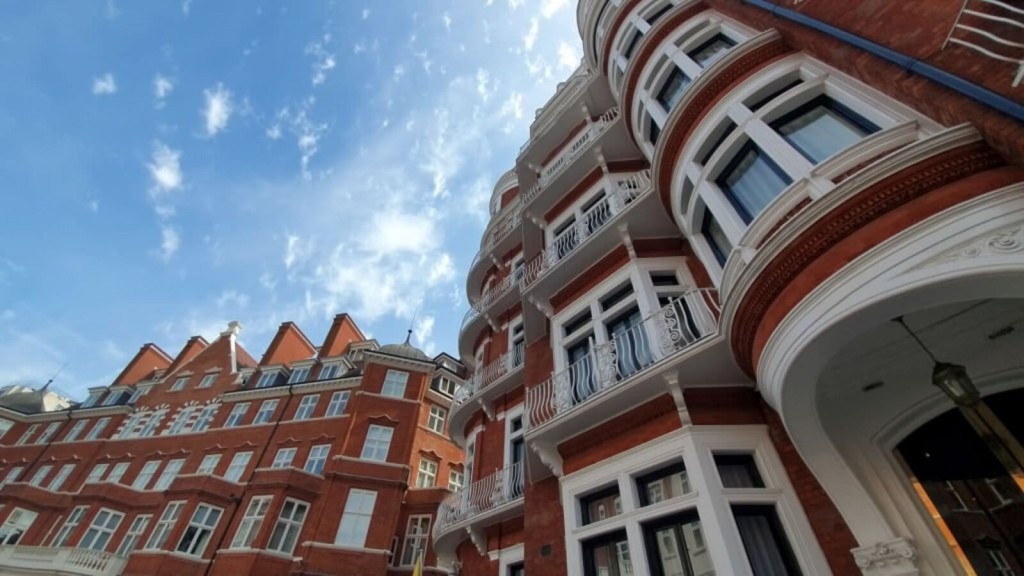
If you're wondering why retrofitting buildings in London is suddenly everywhere, look no further than recent policy shifts. The London Plan Guidance now requires developers to conduct 'whole-life carbon assessments', effectively asking them to justify any decision to demolish rather than retrofit.
This was seen in Westminster this year, as the council announced plans that require developers to first explore retrofitting before demolition and rebuild. The price if they don’t? Developers will have to fork out carbon off-setting payments that are up to nine times as they were previously. Huge.
And it's not just London.
Local authorities across Britain are introducing 'retrofit-first' policies, recognising that our existing building stock isn't just a problem to solve - it's an opportunity to seize.
The message is clear: the future of sustainable architecture isn't just about building new - it's about reimagining what we already have.
Want to know how this shift is playing out in practice? Let's dive deeper into the strategic case for retrofit and refurbishment.
When we demolish a building, we're not just losing history - we're releasing decades of stored carbon into the atmosphere.
But what exactly is embodied carbon, and why should you care?
Think of embodied carbon as a building's carbon footprint from birth. It includes everything from manufacturing the materials to transporting them to site, the construction itself, and even the energy used in demolition. It's the carbon cost we rarely see but can't afford to ignore.
Let's put this in perspective. A typical Victorian terrace house contains about 80 tonnes of embodied carbon. While demolition and rebuilding can release up to 15 million kilograms of additional CO2e emissions, retrofitting can save up to 60% of these emissions.
This is where whole-life carbon (WLC) assessments and life cycle analysis (LCA) come in - they measure everything from initial construction impacts to ongoing operational costs, helping developers make informed decisions about whether to retrofit or rebuild.
"But surely new buildings are more energy efficient?" we hear you ask.
Well, yes and no.
While it's true that new builds can achieve impressive energy performance thanks to the latest materials and technologies, retrofitted buildings aren't as far behind as you might think.
With clever design and modern innovations, many retrofitted buildings can match or come close to new build standards.
There are challenges though, especially with listed buildings. Try fitting modern insulation into a Grade II listed Georgian townhouse while preserving its historic features, and you'll understand why architects sometimes need to get creative.
But here's the thing - when you factor in the carbon cost of demolition and rebuilding, even a slightly less energy-efficient retrofit often wins the environmental race in the long run.
If you've ever played with LEGO, then you'll already understand the circular economy. Just as those plastic bricks can be used again and again in different configurations, building materials can (and should) have multiple lives.
When we retrofit buildings, we can:
The numbers tell their own story. According to recent studies, construction and demolition waste accounts for about 60% of the UK's total waste. So when you conduct a quick demolition versus retrofit analysis, we quickly see that retrofitting comes out on top; by embracing retrofit and reuse, we could slash this figure dramatically.
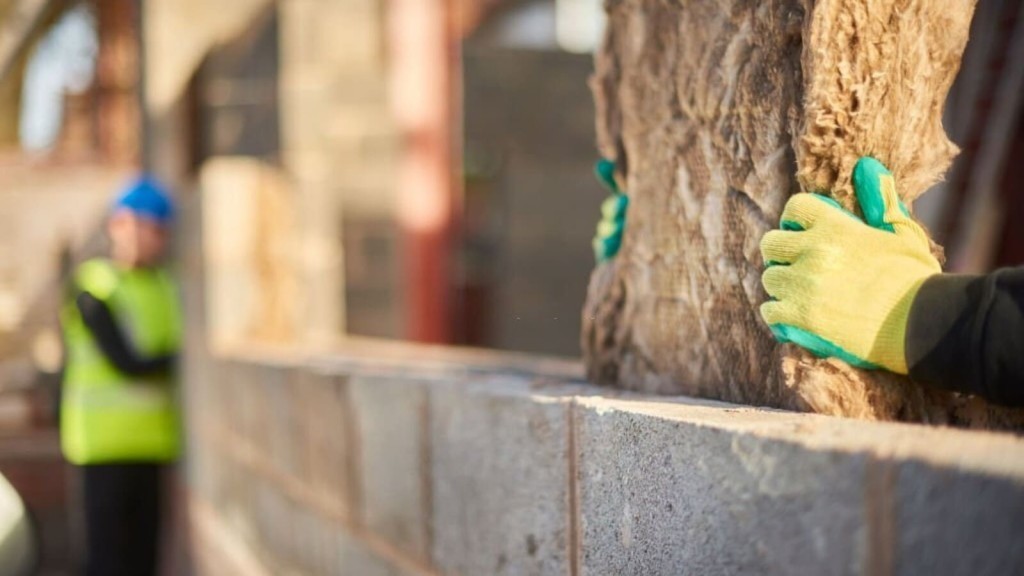
Let's talk numbers - because in property development, numbers matter. But as you'll see, the benefits of repurposing buildings go far beyond pounds and pence.
When BCIS tells us that retrofitting typically costs 40-60% less than rebuilding, we should probably pay attention. After all, they're the industry's go-to source for construction cost data.
But what does this mean in real terms?
And here's something your financial advisor might not tell you: retrofitted buildings often command premium rents. Turns out, character sells.
Walk through any British city, and you'll see why this matters. Those Victorian warehouses in Manchester, the Georgian terraces in Bath, the industrial gems in Birmingham - they're not just buildings. They're chapters in Britain’s history.
When we preserve these buildings, we're not just saving bricks and mortar. We're maintaining:
Think about it. Would London be London without its mix of old and new? Would York feel like York if we replaced its historic buildings with glass and steel?
Here's something surprising: well-executed retrofits can actually create healthier spaces than many new builds.
How?
Let's look at some real-world examples that prove this isn't just theoretical.
First up is the Tate Modern, London, which transformed from a redundant power station to a world-class art gallery. Annual visitors? Six million. Cost saving compared to new build? Estimated 40%. Cultural impact? Priceless.
The next is HYLO, London, which is a true masterclass in vertical extension. This project doubled the building's leasable area while retaining its original frame. The result? A stunning example of how old buildings can literally rise to modern challenges.
The message these projects send is clear: with vision and skill, our old buildings can do more than just survive - they can thrive.
While we’ve listed the many perks retrofitting offers, there are also hurdles developers face when bringing old buildings into the 21st century.
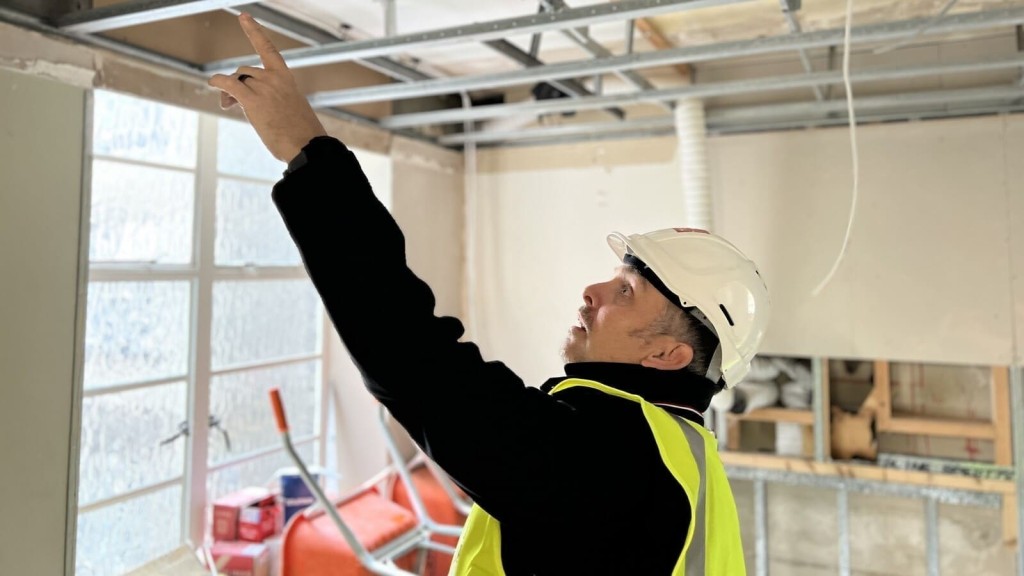
If retrofitting is so brilliant, why isn't every developer jumping on the bandwagon?
Well, as with anything worth doing, there are challenges. Let's pull back the curtain on what makes retrofitting such a complex undertaking.
Imagine trying to fit a Tesla's technology into a classic Mini Cooper while keeping its vintage charm. That's somewhat like retrofitting a historic building.
Here's what developers are up against:
And that's just the start. Sometimes, what looks perfectly sound on the surface reveals costly surprises once work begins. It's like architectural archaeology - you never quite know what you'll find until you start digging.
Try telling a Victorian building about modern energy standards. It's not going to be an easy conversation.
The reality is stark:
But here's the kicker: solving these issues while preserving character features isn't just difficult - it requires specialist knowledge. Which brings us to our next challenge.
A 2022 survey conducted by Architects’ Journal showed nearly one in eight architecture students receives no retrofit training. It also revealed that 26% of architecture students say retrofit education needs more focus.
Unfortunately, that's just the tip of the iceberg. We’re also facing a critical shortage of specialist residential architects, heritage conservation specialists, and heat pump engineers, and across the board there is limited expertise in modern retrofit technologies.
We're facing a skills emergency just when we need these experts most.
And then there's the regulatory maze.
The recent M&S Marble Arch case perfectly illustrates the confusion surrounding retrofit versus rebuild decisions. Long story short, it was a landmark case that highlighted the puzzle that is the English planning system and the various contradictions that can play out.
It showed how even major retailers with significant resources can get caught in planning limbo when trying to make decisions about their buildings' futures.
But here's the thing: these challenges aren't insurmountable. Want to know how to tackle planning permission challenges on problematic and difficult sites?
Let's look at how successful projects navigate these waters.

Let's be honest - sometimes demolition is the right choice. The key is knowing when. Let's look at how to make this decision objectively.
Here's a number that might surprise you: 11 years. That's how long it took the M&S Marble Arch project to calculate its carbon payback period - the time it would take for the energy efficiency of a new building to offset the carbon cost of demolition and reconstruction.
But what does this really mean? Let's break it down:
The carbon payback formula:
It's like comparing the environmental cost of replacing your old car with a new electric vehicle - there's an upfront carbon hit, but long-term benefits might justify it.
Sometimes, trying to save a building is like trying to repair a smartphone that's been through the washing machine - technically possible, but not always sensible.
Consider demolition when:
The City of London isn't messing about with its draft Local Plan. They're pursuing a net-zero carbon City by 2040, and they're clear about how to get there: retrofit first.
Here's how policies are reshaping decisions:
But here's the clever part: there is also an incentive for developers to adhere to these policies. Many local authorities now offer:
Want to know what this means for the future of architecture? Let's look at what's coming next.

If you think the changes we've seen in retrofit architecture are significant, buckle up - the next decade promises to be revolutionary.
The writing's on the wall: retrofit-first policies are coming, and they're coming fast.
What's on the horizon?
Think this is ambitious? Turns out cities like New York and Amsterdam are already implementing similar policies. Britain isn't leading this charge - we're playing catch-up.
Remember when mobile phones were the size of bricks? Well, retrofit technology is having its iPhone moment.
Here's what's changing the game:
And no, these aren't sci-fi fantasies - they're already being tested and implemented across the UK. The future isn't coming; it's already here.
Given the results of the aforementioned AJ survey, which revealed a critical gap in architectural education, you could say we're training tomorrow's architects with yesterday's mindset.
However, positive change is coming. This includes universities introducing dedicated retrofit modules, new conservation technology programmes, digital modelling for heritage buildings, circular economy principles in core curriculum, and practical retrofit experience requirements.
But is it enough? The industry also needs:
In my opinion, we need to retrofit our approach to architectural education just as much as our buildings.
Whether you're reading this article as a developer, architect, or planner, you have a part to play in this transformation.
For developers:
For architects:
For policymakers:

Whether you're planning a major development or considering energy upgrades for a single office building, the time to retrofit is now. The technology is ready, the business case is proven, and the environmental imperative is clear.
Want to explore how we can help you blend old with new in your next project?
Urbanist Architecture is a multidisciplinary architecture and planning firm based in London, with projects spanning across the UK. As an RIBA chartered practice with experienced architects, planning consultants, interior designers, and project managers, we offer multiple architecture services under one roof at a boutique scale to achieve your goals.
Whether you're starting your first property and land development project or are seeking a partner to expand your existing portfolio, we are here to help. With a strong multidisciplinary team that has an established reputation for excellence in residential architecture, we can provide you with all of the solutions you need through every step of your project.
Remember: the most sustainable building is the one that already exists. Let's make it work for tomorrow.

Robin Callister BA(Hons), Dip.Arch, MA, ARB, RIBA is our Creative Director and Senior Architect, guiding the architectural team with the insight and expertise gained from over 20 years of experience. Every architectural project at our practice is overseen by Robin, ensuring you’re in the safest of hands.
We look forward to learning how we can help you. Simply fill in the form below and someone on our team will respond to you at the earliest opportunity.
The latest news, updates and expert views for ambitious, high-achieving and purpose-driven homeowners and property entrepreneurs.
The latest news, updates and expert views for ambitious, high-achieving and purpose-driven homeowners and property entrepreneurs.

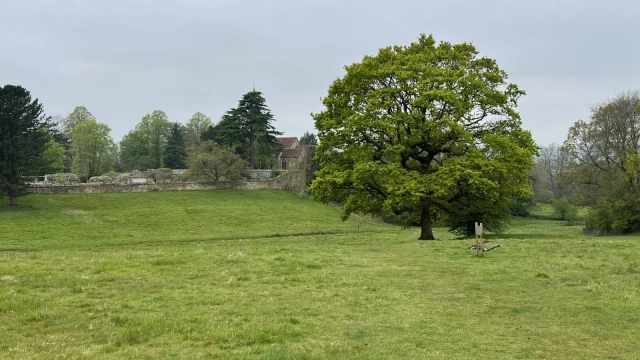


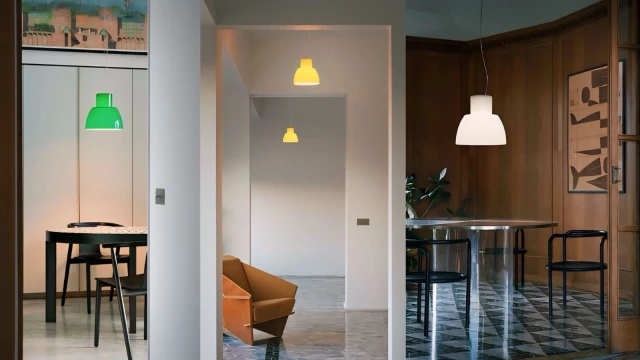

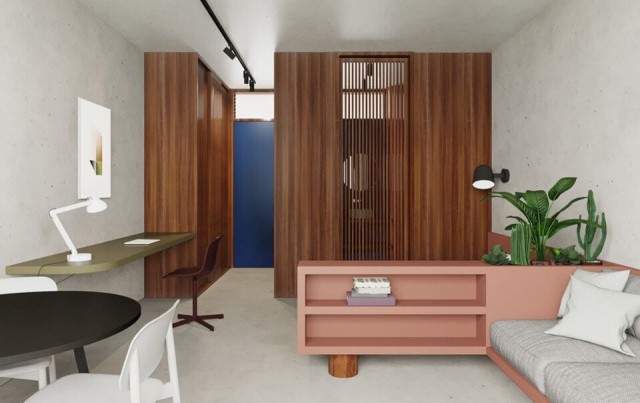
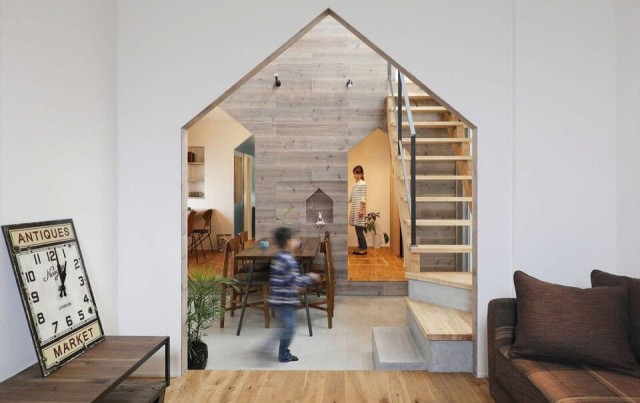

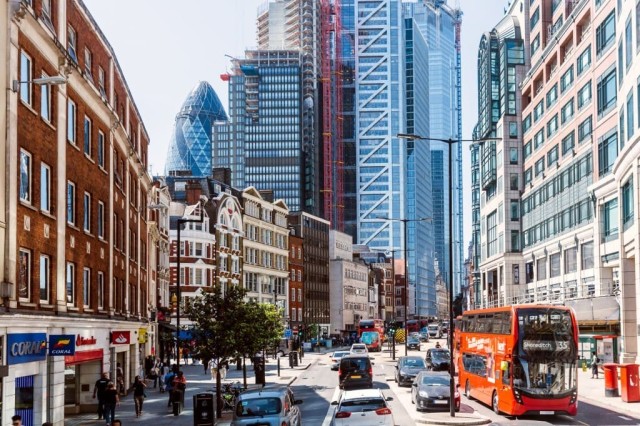
We specialise in crafting creative design and planning strategies to unlock the hidden potential of developments, secure planning permission and deliver imaginative projects on tricky sites
Write us a message